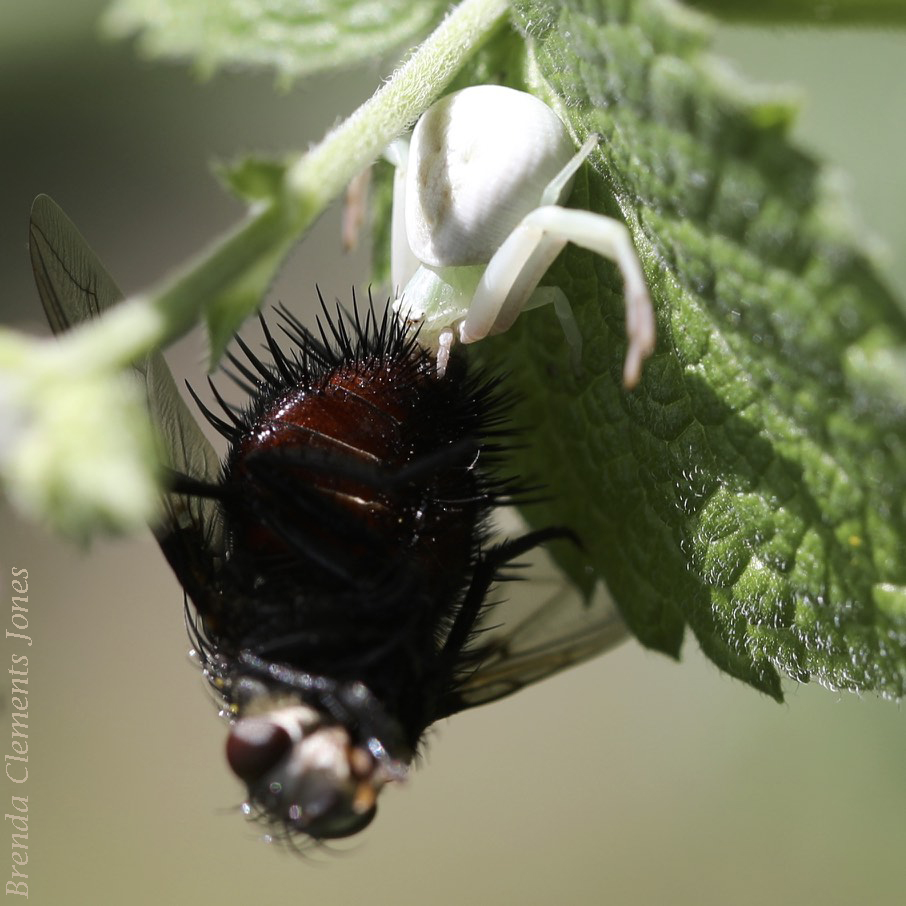-
Shaggy Mane Mushroom

Shaggy Mane Mushroom (Coprinus comatus) commonly seen in North America and Europe, though in my years of looking for fungi, I’ve only seen these which I’ve captured in pixels, down the dirt road, on my mountain. They grow in man-made habitats such as lawns, along dirt roads, beside hiking trails, in neglected areas, or even…
-
Stalked Scarlet Cup

Another of the saprobic fungi. Stalked Scarlet Cup (Sarcoscypha occidentalis) lives as a network of root-like mycelium within dead branches, stems and other pieces of dead wood, on the moist forest floor. The mycelium, working within the dead wood gets nourishment by digesting the wood. They’re important decomposers in the forest. Stalked Scarlet Cup favors Oak,…
-
Beefsteak Plant

Beefsteak Plant (Perilla frutescens) Native to eastern Asia. Here in North America it is a exotic invasive. On the road coming up my mountain it is a common sight. Like other members of the Lamiaceae or mint family it has a square stem. The plants that grow in full sun have leaves that are dark…
-
Slugs

Something I never thought about writing about before. I encountered many of these critters this morning, so I couldn’t pass up the opportunity. They’re Leopard Slugs (Limax maximus). Its scientific name means, “biggest slug.” Though actually only the second largest in the genus Limax. The one in the image above stretched out to six or…
-
Bloom Where You’re Planted

A glimpse of a very determined plant this morning, outside the Stanardsville, Va., Post Office brought back memories from long long ago. Back then my husband and I would go to our absolute favorite restaurant at least once a week, and often twice a week. The restaurant, run by Kip Laramie, The Sante Fe Cafe,…
-
Big Meal For Little Spider

This afternoon I discovered a little White-banded Crab Spider (Misumenoides formosipes) enjoying a late lunch consisting of very large meal, a Tachinid Fly (Tachinidae). The White-banded Crab Spider uses its two front pairs of legs to capture its prey and then bite it, injecting venom to disable its meal. Its strong legs and use of…
-
What Color?

Viscid Violet Cortinarius (Cortinarius indes). Purple. Or as the common name suggests, Violet. Rich enough around the edge that I don’t think I could call it lavender. No matter the label, I can feel safe in calling it beautiful. Who would have thought a mushroom could be such a lovely color. Part of the world…
-
Saprobic

Here is another saprobic mushroom, or mushroom that creates its energy by decomposing nonliving organic matter. That nonliving organic matter is also known as detritus. This is a fungus known as Hairy Rubber Cup (Galiella rufa). Hairy Rubber Cup is found throughout eastern North America. But you’ve got to look carefully. It blends quite easily…
-
Golden Spindles
So much to see out there as you wander through the woods. One must simply pay attention to what you are stepping over, walking through, hiking past, to see more of the world of nature. Did you know there are mushrooms in every color of the rainbow? Here I present YELLOW. One of many, many…
-
Black, White, And Orange

The reason I grow Pawpaw (Asimina triloba), it is the Zebra Swallowtail’s (Eurytides marcellus) host plant. And it is one of the many butterflies that I adore seeing. Here, one is enjoying the nectar of Butterfly Weed (Asclepias tuberosa).
